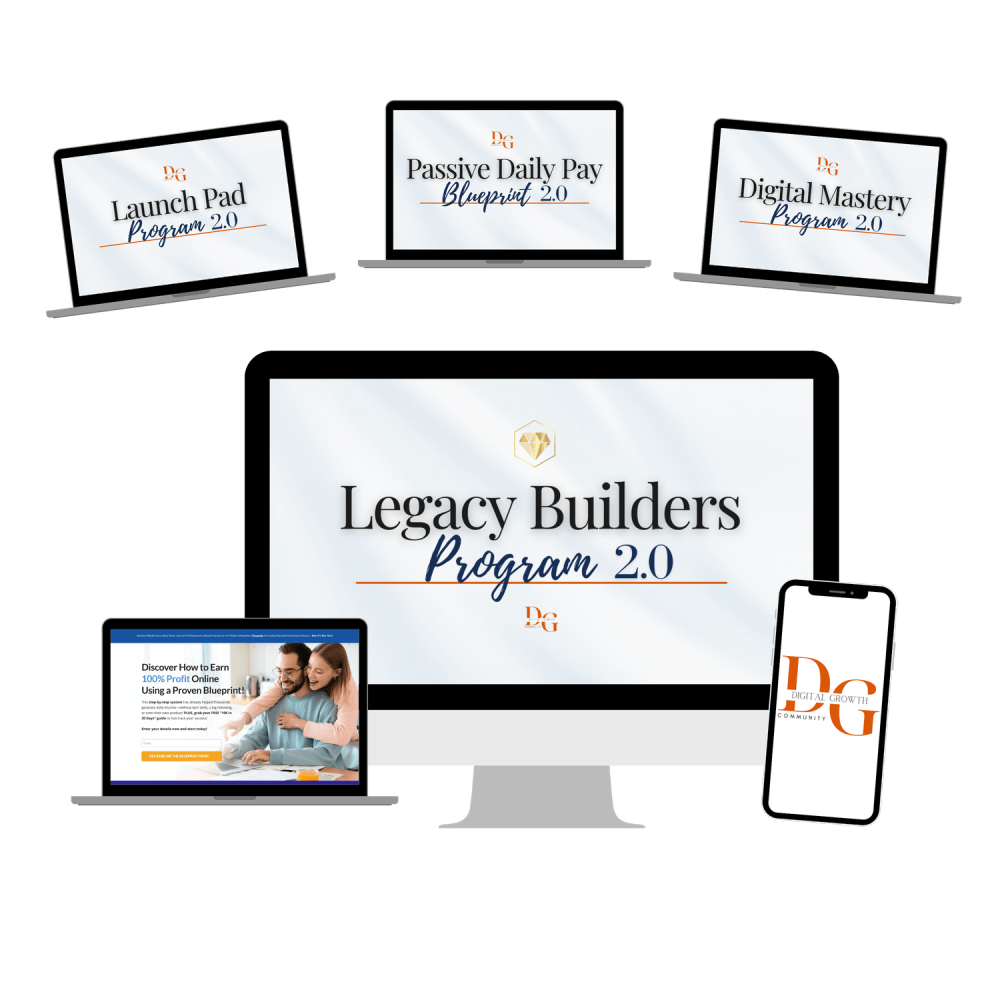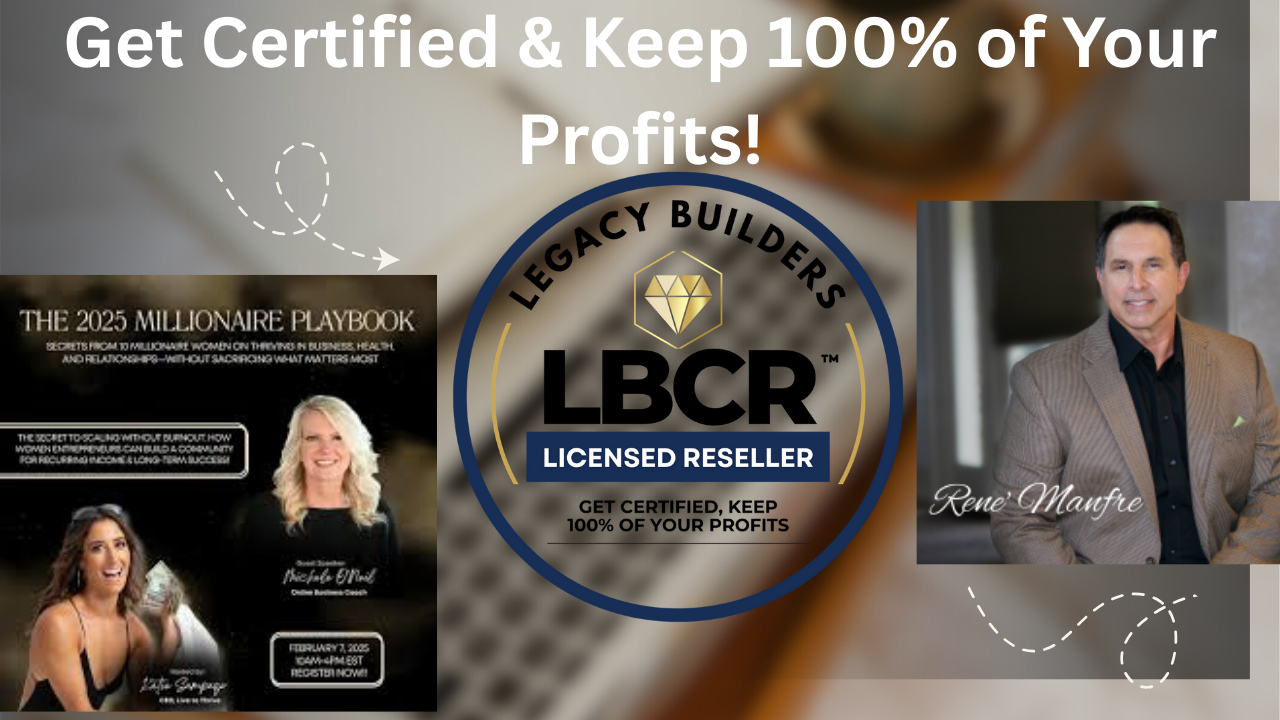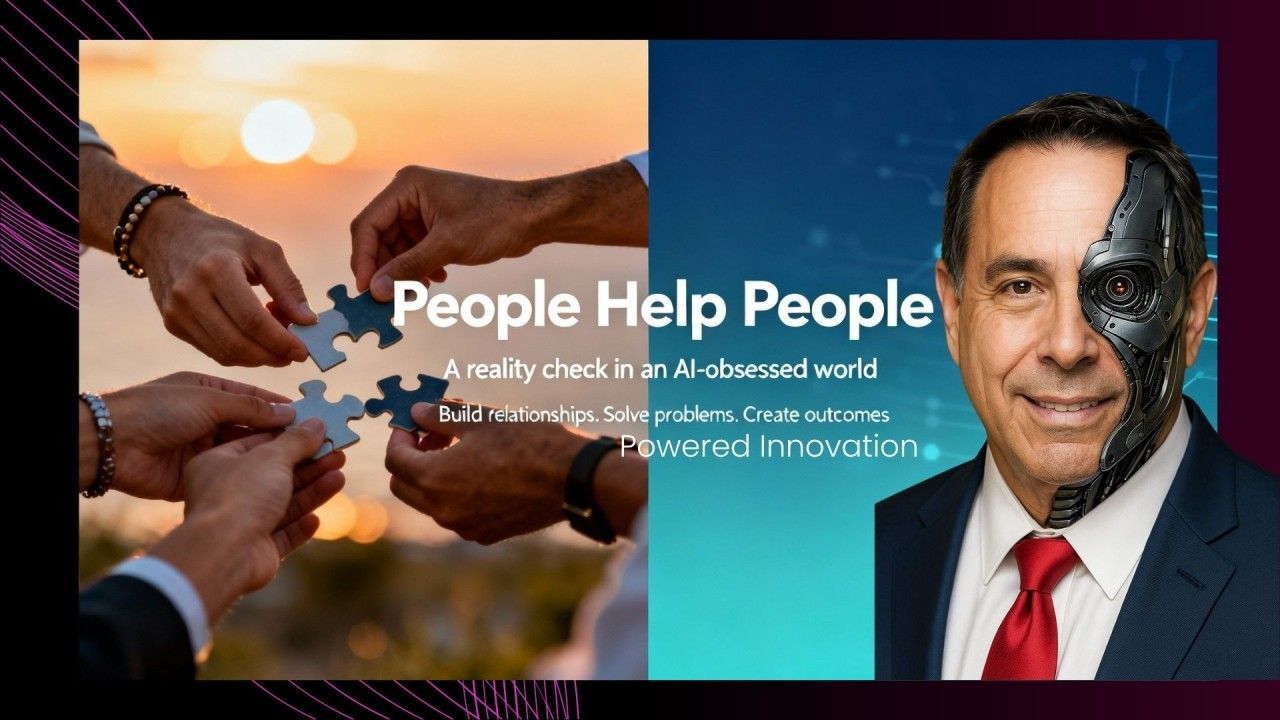The Mid-Career Pivot: How to Reinvent Yourself Without Starting Over

The world of work is changing at an unprecedented pace. What was once a linear path from college to retirement is now a dynamic landscape demanding adaptability and continuous growth. Economic shifts, technological advancements, and a growing desire for purpose-driven work are all contributing to a surge in professionals seeking to redefine their careers in their 30s, 40s, and even 50s. This article will serve as your comprehensive guide to navigating this exciting transition, providing actionable steps, real-world insights, and the confidence to craft your next professional chapter without losing the wisdom of your past.
Understanding the Urge to Pivot: More Than Just a Whim
Before diving into the "how," it's crucial to understand the "why." The desire for a mid-career pivot often stems from a confluence of factors:
- Lack of Fulfillment: Perhaps the passion that once fueled your early career has waned, replaced by a sense of routine or even dread. You might be excelling, but feel a profound disconnect between your work and your personal values.
- Burnout: The relentless pace of modern work can lead to exhaustion, cynicism, and a reduced sense of accomplishment. A pivot might be a necessary step to reclaim your energy and enthusiasm.
- Desire for Greater Impact: Many professionals reach a point where they want their work to contribute to something larger than themselves, seeking roles with a clearer social or environmental impact.
- Technological Disruption: Automation and AI are reshaping industries, making some skills obsolete while creating demand for new ones. A pivot can be a proactive response to stay relevant and competitive.
- Life Stage Changes: Parenthood, caring for aging parents, or a significant personal event can shift priorities, leading to a desire for more flexibility, different challenges, or a change in work environment.
- Financial Reassessment: While not always the primary driver, some pivots are motivated by a desire for increased earning potential or a more stable financial future.
Recognizing the root cause of your desire to pivot is the first step toward a successful transition. It allows you to define what "meaningful future" truly looks like for you.
Step 1: The Deep Dive – Identifying Your Transferable Skills
This is perhaps the most critical, yet often overlooked, step. Many people contemplating a pivot feel they have to start from scratch because their current job title doesn't directly translate. This couldn't be further from the truth. Your years of experience have equipped you with a wealth of transferable skills – abilities that are valuable across various industries and roles.
How to Identify Them:
- List Your Accomplishments: Don't just list job duties. Think about specific projects, challenges you overcame, and results you achieved. For each accomplishment, ask yourself: What problem did I solve? What skills did I use to solve it? (e.g., problem-solving, communication, project management, data analysis, leadership, negotiation, creativity, strategic thinking). What was the impact of my actions?
- Analyze Your Daily Tasks: Even mundane tasks often involve valuable skills. Do you manage budgets? That's financial acumen. Do you train new hires? That's teaching and mentorship. Do you resolve conflicts? That's mediation and interpersonal communication.
- Seek Feedback: Ask trusted colleagues, mentors, or even friends what they perceive your strengths to be. Sometimes an outside perspective can highlight skills you take for granted.
- Categorize and Prioritize: Group similar skills together. Which ones do you enjoy using the most? Which ones are you exceptionally good at? These are your core transferable assets.
Example: A marketing manager might identify skills like strategic planning, content creation, team leadership, data analysis, and client relationship management. These aren't just "marketing skills"; they're valuable in product development, business consulting, non-profit management, and even education.
Step 2: Charting the New Course – Researching New Opportunities
Once you understand your transferable skills, the next step is to explore where they can be applied. This isn't about blindly applying for jobs; it's about strategic exploration.
- Brainstorm Industries and Roles: Based on your identified skills and your newfound desire for fulfillment, what industries or roles pique your interest? Don't limit yourself initially.
- LinkedIn and Job Boards as Research Tools: Use platforms like LinkedIn, Indeed, and industry-specific job boards not just to find openings, but to understand job descriptions. What skills are consistently listed for roles you find interesting? How do they align with your transferable skills?
- Informational Interviews: This is gold. Reach out to people working in roles or industries you're considering. Ask them about their day-to-day, the challenges, the rewards, and what skills are truly essential. Most people are flattered to be asked for advice. Tip: Frame your request as "I admire your career path and am exploring new directions. Would you be open to a brief 15-20 minute chat where I could learn from your experience?"
- Industry Reports and Trends: Stay informed about emerging trends. What are the growth sectors? What skills are projected to be in high demand in 2026 and beyond?
This research phase is about gathering intelligence, not making immediate commitments. It helps you refine your target and understand the landscape.
Step 3: Bridging the Gap – Upskilling and Reskilling
Even with strong transferable skills, a pivot often requires acquiring new knowledge or refining existing abilities. This is where upskilling (enhancing current skills) and reskilling (learning entirely new skills) come into play.
- Identify Skill Gaps: Based on your research and informational interviews, pinpoint the specific skills or knowledge areas you need to develop to be competitive in your target role.
- Leverage Online Learning Platforms: Coursera, edX, Udemy, LinkedIn Learning, and Google Certificates offer a vast array of courses, often taught by university professors or industry experts. Many are flexible and affordable.
- Attend Workshops and Webinars: Industry associations and professional organizations frequently host events that can provide targeted skill development and networking opportunities.
- Volunteer or Take on Side Projects: Practical application is key. Can you volunteer your time to gain experience in your new field? Can you take on a small, paid side project that allows you to practice new skills?
- Consider Further Education (Strategically): For some pivots, a master's degree or specialized certification might be beneficial. However, always weigh the cost and time commitment against the potential return on investment. Often, targeted online courses are sufficient.
Remember, continuous learning is no longer optional; it's a cornerstone of career longevity.
Step 4: Crafting Your Compelling Personal Brand
Your personal brand is how you present yourself to the world – your unique combination of skills, experience, and personality. When pivoting, your brand needs to tell a new story, one that highlights your transferable skills and future aspirations, not just your past roles.
- Update Your LinkedIn Profile: Headline: Go beyond your current job title. Use keywords that reflect your desired new role and highlight your key transferable skills (e.g., "Experienced Project Manager | Transitioning to Tech Product Management | Agile & Strategic Thinker"). Summary/About Section: This is your narrative. Start with your current expertise, explain why you're pivoting, and clearly articulate what you're seeking and how your transferable skills make you an ideal candidate. Experience Section: Reframe your past accomplishments to emphasize skills relevant to your target role. Use action verbs and quantify results where possible. Skills Section: Endorse skills relevant to your new direction and seek endorsements from others.
- Develop a "Pivot Story": Be prepared to explain your career change concisely and confidently. Your story should address: Where you've been (briefly). What you've learned (transferable skills). Why you're making a change (your motivation). Where you're going (your new goal). Why you're a great fit for the new direction.
- Network Strategically: Your network is your net worth, especially during a pivot. Reconnect: Reach out to former colleagues, mentors, and acquaintances. Let them know about your new direction. Expand: Attend industry events, join relevant online communities, and leverage informational interviews to meet new people in your target field. Be Specific: When networking, clearly articulate what you're looking for and how others might be able to help.
- Create a Targeted Resume/CV: Tailor your resume for each specific job application. Highlight relevant experience and skills, even if they come from non-traditional sources (volunteer work, side projects). Consider a functional resume format if your experience isn't directly linear.
Step 5: The Mindset Shift – Embracing the Journey
A mid-career pivot is not a sprint; it's a marathon. There will be moments of doubt, rejection, and frustration. Cultivating the right mindset is crucial for success.
- Patience and Persistence: It takes time to build new skills, expand your network, and find the right opportunity. Don't get discouraged by initial setbacks.
- Resilience: View rejections as learning opportunities, not personal failures. Analyze what you can improve for the next attempt.
- Open-mindedness: The perfect role might not look exactly as you envisioned. Be open to unexpected opportunities that align with your core values and skills.
- Self-Compassion: This is a challenging process. Celebrate small victories, acknowledge your efforts, and don't be overly critical of yourself.
- Seek Support: Lean on your personal network, find a mentor, or even consider a career coach. Having a support system can make a significant difference.
Real-World Inspiration: Pivots in Action
Consider the software engineer who became a technical writer, leveraging their deep understanding of complex systems and their ability to communicate clearly. Or the teacher who transitioned into corporate training, applying their pedagogical skills to adult learning environments. Or the marketing executive who became a non-profit development director, using their strategic communication and fundraising expertise for a cause they deeply believed in. These individuals didn't abandon their past; they built upon it.

Your Action Plan: Simple Strategies for a Must-Do Pivot
To get started on your journey, here are some immediate, easy-to-implement steps:
- Update Your LinkedIn Profile: Dedicate an hour this week to revamping your headline and summary to reflect your desired future direction and highlight your transferable skills.
- Identify 3 Skills to Develop: Based on your initial research, pinpoint three key skills that would significantly boost your pivot potential. Find one online course or resource to start learning one of them this month.
- Schedule 1-2 Informational Interviews: Identify two people in your network or in your target industry whom you admire. Reach out to them for a brief chat to learn about their career path and insights.
- Start a "Pivot Journal": Dedicate a notebook or digital document to track your thoughts, research findings, networking contacts, and skill development progress. This helps maintain clarity and motivation.
- Define Your "Why": Clearly articulate why you want to pivot. Write it down. This will be your guiding star when challenges arise.

Your Future Awaits
The mid-career pivot is a powerful testament to human adaptability and the enduring quest for meaning in our professional lives. It's a strategic evolution that honors your past achievements while boldly stepping into a future aligned with your deepest aspirations. By meticulously identifying your transferable skills, diligently researching new opportunities, proactively upskilling, and crafting a compelling personal brand, you can reinvent yourself without starting over. The journey may require courage, patience, and resilience, but the destination – a more fulfilling, impactful, and meaningful career – is well worth the effort.
Don't let inertia hold you back. Your next chapter is waiting to be written.
Discover How to Earn 100% Profit Online Using a Proven Blueprint!
This step-by-step system has already helped over 56,000 members generate daily income—without tech skills, a big following, or even their own product!
PLUS, Get Instant Access to the "Freedom Formula Blueprint" PDF! Your step-by-step to earning daily income from anywhere!
Learn More About Our Growing Community of over 56,000 Members that are learning the skills to change their lives. Rene' Manfre and Michelle O'Neil share insights:
CHECK IT OUT






